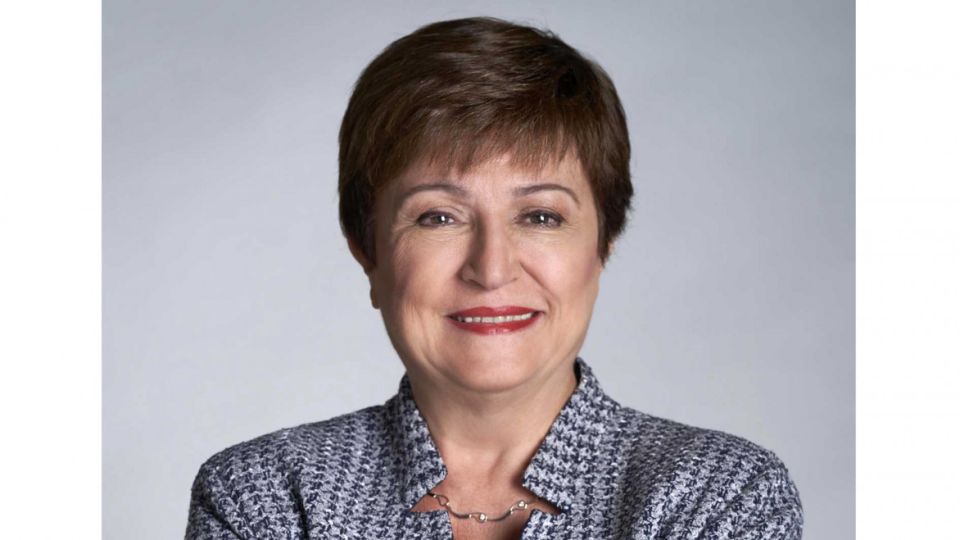July 19, 2022
DHAKA – IMF chief Kristalina Georgieva has cited the example of the unprecedented economic crisis in Sri Lanka to warn other countries that they could also face a similar situation in the face of high debt levels and limited policy space.
“Countries with high debt levels and limited policy space will face additional strains. Look no further than Sri Lanka as a warning sign,” said Kristalina Georgieva, the managing director of the International Monetary Fund, at the meeting of G20 Finance Ministers and Central Bank Governors in Indonesia on Saturday.
The comment comes as Sri Lanka is in the midst of a deep and unprecedented economic crisis.
In mid-April, the Sri Lankan government declared bankruptcy by refusing to honour its international debt, and now, the island nation is struggling to pay for crucial imports like food, fuel and medicine for its 22 million people for want of foreign exchange.
Inflation has soared about 50 percent, with food prices 80 percent higher than a year ago. The Sri Lankan rupee has slumped in value against the US dollar and other major global currencies this year.
While Georgieva did not mention any country, the same global headwinds — rising inflation and interest rate hikes, depreciating currencies, high levels of debt and dwindling foreign currency reserves — have affected other economies in the region, according to BBC.
“Worryingly, other countries appear to be on a similar trajectory,” BBC said in its report titled “Sri Lanka crisis is a warning to other Asian nations”.
The countries are Bangladesh, Pakistan, Laos and the Maldives, it said.
“For economies running current account deficits — such as Bangladesh, Pakistan and Sri Lanka — governments face serious headwinds in increasing subsidies. Pakistan and Sri Lanka have turned to the IMF and other governments for financial assistance,” Kim Eng Tan, a sovereign analyst at S&P Global Ratings, told the BBC.
Bangladesh has also requested the IMF for $4.5 billion to prop up its fast-draining foreign currency reserves, and an IMF mission is in Dhaka to discuss the matter.
As of July 13, foreign currency reserves stood at $39.79 billion, enough to cover just about five months’ import bill.
In the first 11 months of fiscal 2021-22, Bangladesh’s current account deficit stood at $17.2 billion, up from $2.78 billion a year earlier, according to data from the Bangladesh Bank.
In May, inflation hit an eight-year high of 7.42 percent.
“Bangladesh has had to re-prioritise government spending and impose restrictions on consumer activities,” Tan said.
Over in Pakistan, the government is trying to rein in spending as it negotiates with the IMF to resume a bailout programme, BBC said.
Since August last year, Pakistan’s foreign currency reserves halved. As of July 7, it stood at $15.61 billion.
Inflation hit a 13-year-high of 21.3 percent in June.
Fuel prices in Pakistan are up by around 90 percent since the end of May, after the government ended fuel subsidies.
The Maldives has seen its public debt swell in recent years and it is now well above 100 percent of its GDP.
Like Sri Lanka, the pandemic hammered an economy that was heavily reliant on tourism, BBC said.
Countries that depend so much on tourism tend to have higher public debt ratios, but the World Bank says the island nation is particularly vulnerable to higher fuel costs because its economy is not diversified.
US investment bank JPMorgan has said the holiday destination is at risk of defaulting on its debt by the end of 2023.
Laos’ public debt amounted to 88% of its Gross Domestic Product (GDP) in 2021, according to the World Bank, with almost half of that figure owed to China.
Laos, which is already heavily in debt, is struggling to repay those loans or pay for imports like fuel. The World Bank says the country had $1.3bn of reserves as of December last year.
But its total annual external debt obligations are around the same amount until 2025 – equivalent to about half of the country’s total domestic revenue.
As a result, Moody’s Investor Services last month downgraded the communist-ruled nation to “junk”, a category in which debt is considered high risk.
China has been a dominant lender to several of these developing nations and therefore could control their destinies in crucial ways, BBC said.
But it is largely unclear what Beijing’s lending conditions have been, or how it may restructure the debt, the report said.
Where China is at fault, according to Alan Keenan from International Crisis Group, is in encouraging and supporting expensive infrastructure projects that have not produced major economic returns.


